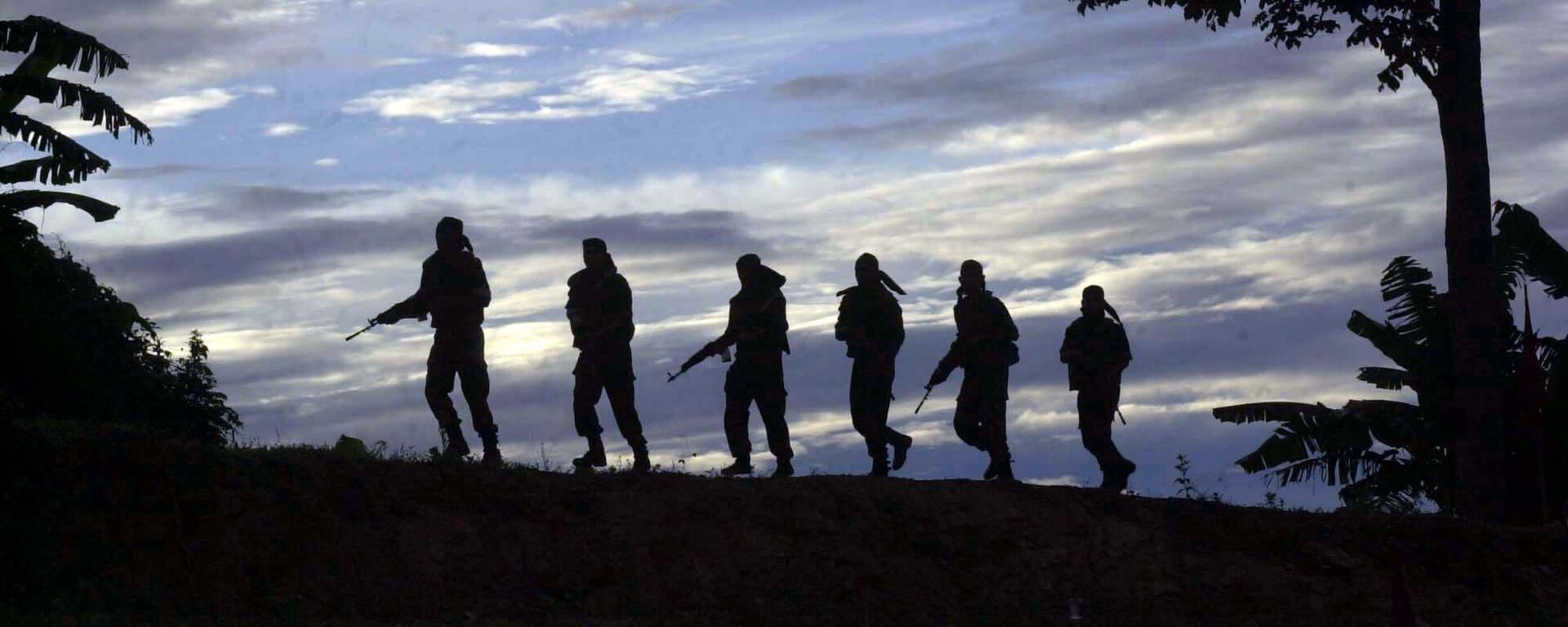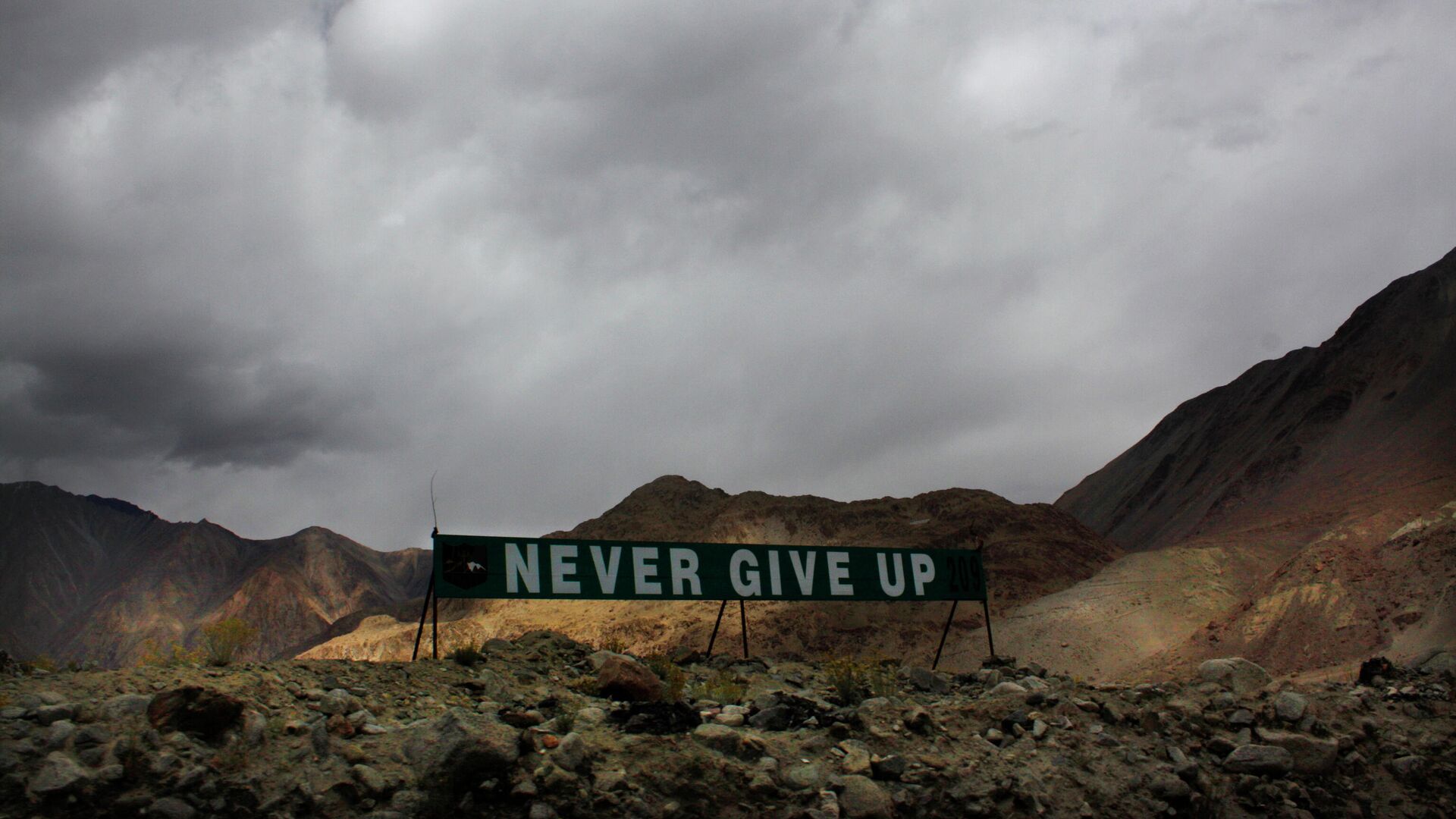https://sputnikglobe.com/20211214/top-indian-court-paves-way-for-army-to-deploy-brahmos-smerch-rocket-along-border-with-china-1091510008.html
Top Indian Court Paves Way for Army to Deploy BrahMos, Smerch Rocket Along Border with China
Top Indian Court Paves Way for Army to Deploy BrahMos, Smerch Rocket Along Border with China
Sputnik International
The Indian Defence Ministry approached the Supreme Court after some environmentalists sought to ban three highway projects in the Himalayan state of... 14.12.2021, Sputnik International
2021-12-14T11:59+0000
2021-12-14T11:59+0000
2022-07-19T10:40+0000
tibet
pla
uttarakhand
chinese people's liberation army (pla)
ladakh standoff
border clashes
china
indian army
supreme court of india
highways authority of india (nhai)
https://cdn1.img.sputnikglobe.com/img/07e5/0a/0d/1089889255_0:320:3073:2048_1920x0_80_0_0_776e251951c7efdead59f3df6c9ec126.jpg
The Supreme Court of India has granted the military permission to widen three highways connecting strategic passes along the border with China from 5.5 metres to 10 metres. The court categorically said that there could not be judicial review over defense requirements.During the previous hearing on 12 November, government lawyer Kottayan Katankot Venugopal argued that given the turning radius of the Smerch rocket launcher on a curve is 35 metres, and the BrahMos missile carrier is 42 metres long, it is a huge task for the army to bring the equipment to the Chinese border from 5.5 metres highways.With Tuesday's order, the Border Road Organisation (BRO) of the Defence Ministry can begin expanding the breadth of the Rishikesh to Mana, Gangotri, and Tanakpur-Pithoragarh highways in Uttarakhand state, which is in the middle sector of the 3488 km Line of Actual Control (LAC).The supreme court has made it clear to petitioners that feeder roads to India-China border will also be double lane paved shoulder configuration even if they are in a hilly region.The road-widening project was challenged by Citizens for Green Doon, a local NGO that red-flagged destruction to the fragile Himalayan ecosystem.Satellite images and reports show that China has improved infrastructure along the LAC and built airstrips, helipads, roads, and railway networks, indicating that People's Liberation Army troops will be deployed round the year in the region.India and China have continued their deployment of military assets in the second consecutive winter in the Himalayas after two armies were embroiled in a bloody face-off in June last year. In the violent face-off that erupted over infrastructure development in the western sector of LAC, 20 Indian soldiers and four PLA troops were killed.
https://sputnikglobe.com/20211208/india-could-be-attacked-from-all-fronts-china-poses-a-significant-challenge-iaf-chief-warns-1091344302.html
tibet
uttarakhand
ladakh standoff
china
Sputnik International
feedback@sputniknews.com
+74956456601
MIA „Rossiya Segodnya“
2021
Rishikesh Kumar
https://cdn1.img.sputnikglobe.com/img/07e4/08/04/1080055820_0:0:388:389_100x100_80_0_0_40018ee210946d65d49ffba4f4c008e1.jpg
Rishikesh Kumar
https://cdn1.img.sputnikglobe.com/img/07e4/08/04/1080055820_0:0:388:389_100x100_80_0_0_40018ee210946d65d49ffba4f4c008e1.jpg
News
en_EN
Sputnik International
feedback@sputniknews.com
+74956456601
MIA „Rossiya Segodnya“
Sputnik International
feedback@sputniknews.com
+74956456601
MIA „Rossiya Segodnya“
Rishikesh Kumar
https://cdn1.img.sputnikglobe.com/img/07e4/08/04/1080055820_0:0:388:389_100x100_80_0_0_40018ee210946d65d49ffba4f4c008e1.jpg
tibet, pla, uttarakhand, chinese people's liberation army (pla), ladakh standoff, border clashes, china, indian army, supreme court of india, highways authority of india (nhai), china and india clash in new flare-up of border standoff
tibet, pla, uttarakhand, chinese people's liberation army (pla), ladakh standoff, border clashes, china, indian army, supreme court of india, highways authority of india (nhai), china and india clash in new flare-up of border standoff
Top Indian Court Paves Way for Army to Deploy BrahMos, Smerch Rocket Along Border with China
11:59 GMT 14.12.2021 (Updated: 10:40 GMT 19.07.2022) The Indian Defence Ministry approached the Supreme Court after some environmentalists sought to ban three highway projects in the Himalayan state of Uttarakhand. Environmentalists feared that construction, without showing concern for the surroundings, could pave the way for disaster in the Himalayas.
The Supreme Court of India has granted the military permission to widen three highways connecting strategic passes along the border with China from 5.5 metres to 10 metres.
The court categorically said that there could not be judicial review over defense requirements.
"It is evident that the national highways provide vital connections to the establishments of the Armed Forces along the Nelong Axis, Mana Pass, Rimjhim Pass, Niti Pass, and Lipulekh Pass. The importance of the requirement of double-laned highways has been emphasised as it is necessary for the movement of trucks, equipment, and personnel of the Armed Forces," the supreme court noted.
During the
previous hearing on 12 November, government lawyer Kottayan Katankot Venugopal argued that given the turning radius of the Smerch rocket launcher on a curve is 35 metres, and the BrahMos missile carrier is 42 metres long, it is a huge task for the army to bring the equipment to the Chinese border from 5.5 metres highways.
With Tuesday's order, the Border Road Organisation (BRO) of the Defence Ministry can begin expanding the breadth of the Rishikesh to Mana, Gangotri, and Tanakpur-Pithoragarh highways in Uttarakhand state, which is in the
middle sector of the 3488 km Line of Actual Control (LAC).

8 December 2021, 10:56 GMT
The supreme court has made it clear to petitioners that feeder roads to India-China border will also be double lane paved shoulder configuration even if they are in a hilly region.
The road-widening project was challenged by Citizens for Green Doon, a local NGO that red-flagged destruction to the fragile Himalayan ecosystem.
Satellite images and reports show that China has improved infrastructure along the LAC and built airstrips, helipads, roads, and railway networks, indicating that People's Liberation Army troops will be deployed round the year in the region.
India and China have continued their deployment of military assets in the second consecutive winter in the Himalayas after two armies were embroiled in a bloody face-off in June last year. In the violent face-off that erupted over infrastructure development in the western sector of LAC, 20 Indian soldiers and four PLA troops were killed.



